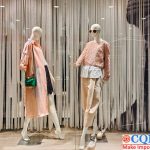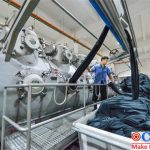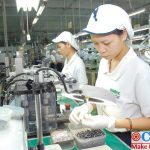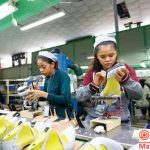Investment logic of the textile and apparel industry
As a traditional and mature industry, textile and apparel industry has become an important area in the Chinese A-share market with over 180 A-share listed companies in the whole China industry chain. Textiles and garments belong to the large consumer sector, with more emphasis on optional consumption.
In the consumer sector, under the performance-driven investment logic, the factors that determine the company’s performance among many listed companies largely determine the capital market performance of the listed companies.
Textile and Apparel Industry Facing the Demand Growth
In recent years, China’s apparel consumption has shifted from subsistence-type consumption demand to the consumption trend of fashion, culture, brand, and image, and the apparel industry is under pressure to transform and upgrade, with the growth rate of industry scale decreasing.
From the composition of per capita consumer spending, consumer spending includes eight major areas: food, tobacco and alcohol, clothing, housing, household goods and services, transportation and communications, education, culture and entertainment, health care, other supplies and services. Among them, clothing consumption is about 9%.
2020 in China, in terms of clothing consumption expenditure, Beijing, Tianjin, Zhejiang, Shanghai, Inner Mongolia per capita consumption expenditure on clothing exceeded 235 USD. Among them, Beijing ranks first with 283 USD.
In terms of the percentage of consumption expenditure, the northern regions of China are significantly higher than the southern regions. Except for Tibet, which ranks first in terms of spending on clothing because of its high altitude and colder climate, the rest of the provinces that account for more than 7% are located in the northern regions of China.
This is related to the cold winter climate in northern regions, where clothes are thicker and more expensive. Hot weather areas, wear thin clothes for a longer period of time during the year, and spend less.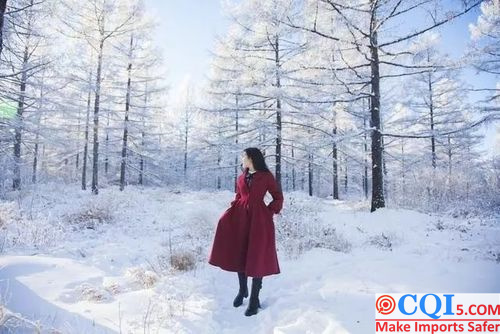
Changes in Foreign Demand
The largest production and export of textile and apparel industry in the world is China. 2020 in the first half of the epidemic outbreak in India, China textile exports is still increasing. But because of the gradual transfer of industry, the labor cost advantage of Southeast Asia and other countries make their comparative advantage in the field of foreign trade in textiles and clothing expanded, the future has to look at the overall pressure on China’s foreign trade in clothing.
Textile and Apparel Industry Chain
Textile and apparel industry is divided into three layers: upstream raw material supply industry, midstream textile industry and textile and apparel manufacturing, downstream garment trade industry. Among them, the upstream raw materials of the main two, namely cotton and chemical fiber. This area also concentrates a large number of listed companies. Fluctuations in the prices of petrochemical industrial products upstream of cotton and chemical fibers will enhance the performance of these companies, but will suppress the performance of downstream companies.
Midstream manufacturing, recently, all kinds of new production technology to a certain extent to reduce manufacturing costs, but the overall is a low value-added, strong substitution, more potential capacity of the segment, profits are easy to reduce but difficult to increase.
Downstream industries are mainly divided into the apparel industry, home textiles, technical textiles, with the largest scale of the apparel industry. In the apparel industry, the brand, online and offline channels are more important for investment in laying. But because of the difficulty of these two actions, different companies performance differentiation is also more obvious.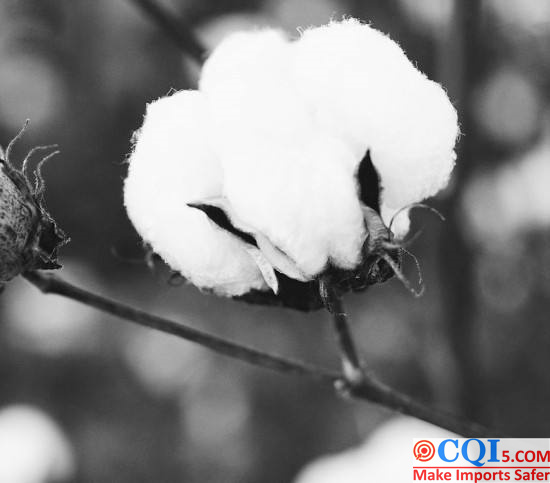
It is worth noting that the Chinese home textile industry is currently in the growth stage of the industry life cycle. With the rapid development of China’s economy and the deepening of the global home textile industry shift, China has become a major manufacturing and consuming country for home textiles and is expected to have huge development space and market capacity in the future, and the home textile industry will become a major pulling force for China’s textile economic growth.
Overall, the upstream boom in textile and apparel has remained low in recent years, and the downstream demand shift and contraction has continued despite the ongoing de-capacity. The overall apparent product substitution is still eroding upstream profits.
Textile and Apparel Industry Chain: Competitive Landscape and Strategy
Textile and apparel market concentration tends to concentrate as the industry shifts and upgrades and the industry boom declines. The number of large-scale industrial enterprises in the textile and apparel category continues to decrease in the long term. However, this does not mean that the degree of competition among enterprises in the industry is reduced, but on the contrary, in general, especially the upstream textile industry as a low-end manufacturing industry within the competition will further intensify, small and medium-sized enterprises will also exit or transform in the fierce competition.
From the internal point of view of listed companies, the influence of the brand also sounds like a relatively vain concept. In the face of competitive pressure from up-and-coming brands, leading companies have never had an easy time either. The listed company’s choice of brand management, channel laying and business model also largely determines its long-term development space. Behind it is the company’s positioning of its own products, including price, style and segmentation of product categories.
Textile and Apparel Industry Chain: Investment Logic
Textile and apparel companies in the capital market are more clearly differentiated, with large companies gaining more resources and capital under market concentration. From historical data, the earnings data announced by listed companies slightly lead their share price trend. Due to the slightly leading performance, sometimes it is not even necessary to pay too much attention to the company’s specific product positioning, brand marketing, channel laying and other strategic adjustments.
In addition, the leading indicator for the performance of upstream listed companies is to a large extent the change in the price of upstream raw materials, especially the price of cotton and polyester. At the same time, the export characteristics of the apparel industry are obvious, and changes in the external demand situation are also very important.
In the first half of 2020, the textile and apparel industry rebounded on the back of high export growth, and thus share prices continued to rebound. However, since the second half of the year, rising raw material prices and the continued weakness in consumption have again suppressed performance expectations and share prices have subsequently retraced.
Similar to the phenomenon of macro consumption below the limit is not as good as consumption above the limit since the epidemic, the performance of large listed garment companies after the epidemic is also significantly better than that of small and medium-sized textile and garment companies.
In the future, the performance of the textile and apparel sector is still facing the impact of export volatility and uncertainty. However, for downstream companies, the trend of upstream raw material price increases may slow down, and the pressure on performance is relatively reduced. In the future, it still depends on whether consumption can pick up under the policy of stabilizing growth, which is the key to whether the future pivot of the company’s performance can be adjusted upward.
CQI5 is committed to providing importers worldwide with product quality inspection services that far exceed those of our peers. If you are planning to import or have imported from China or Southeast Asian countries, please contact us cs’@’cqipro.com to learn more about how we can make your imports safer.
Disclaimer:
CQI5 article information from the Internet and contributions, the copyright of which belongs to the original author, and only represents the views of the original author. This website is only responsible for sorting out, typesetting and editing the articles, reproduced for the purpose of spreading more information, does not imply that it endorses its views or proves the truthfulness, completeness and accuracy of its content, and therefore does not assume any legal responsibility.
The information contained in this article is for reference only and is not intended as direct advice for decision-making.
If we inadvertently violate your copyright, please inform us, after verification, we will immediately correct or delete the content according to the requirements of the copyright holder, thank you! Contact, email: copyright@cqipro.com
This website has the final right to interpret this statement.
Welcome to reprint, please be sure to keep information complete.
